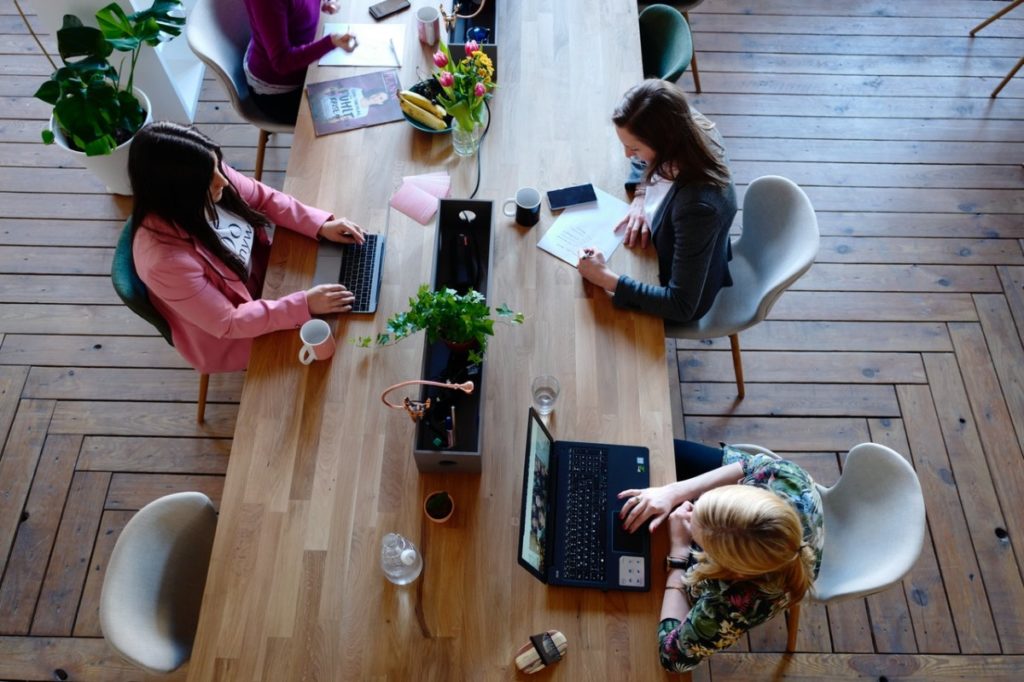A return to the workplace is nearing. In the past couple of months, lockdowns and shelter-in-place measures have slowly been easing due to the development of a vaccine against COVID-19. Soon, the rollout of a vaccine will prompt the arrival of the post-pandemic world.
Along with this, professionals will be expected to come back to the office once the vaccine rollout begins. Various establishments have slowly been reopening, which also leads workers to come back to the office. Most employees, however, would rather remain at home to accomplish their work remotely.
Accommodating Different Work Arrangements
The work-from-home setup was a necessary transition to cope with the global pandemic. However, it wasn’t meant to last. Approximately 40% of employers plan to have their employees come back to the office in the coming months.
On the other hand, more than half of the workforce professionals have expressed that they would want to keep the work-from-home arrangement if given a choice. Overturning remote work after more than a year will prove to be a difficult task for employers.
To accommodate this, most companies are planning to adopt hybrid working arrangements. Suffice it to say, the threat of experiencing more intense fatigue while working from home is very much real. Not to mention the fact that not all employees can sustain remote work.
The Post-Pandemic Office
Working within a professional environment is much different from working in a home office. For companies to encourage their employees to return to the office, they should consider four major design shifts.
Flexible Spaces
Employees are hoping to have offices that can support different areas for socialization, like coffee spaces and lounges. More than this, companies should also take their workers’ wellness into account. For instance, ordering relaxing massage chairs will allow employees an avenue for release within the office.
Workplaces should be able to seamlessly integrate these various spaces during work hours. The environment must have the capability to easily adapt to different activities, especially as hybrid arrangements enable employees to choose their work hours and locations.
Collaborative Opportunities
The feeling of community is one of the most important aspects that employees were robbed of during the global pandemic. Now, connecting with colleagues and having a sense of shared purpose are the two driving factors that make workers eager to return.
These traits are more than just positive emotions that employees want to experience. Companies that can foster these cultures will definitely observe a boost in employee engagement and retention, leading to more beneficial outcomes. Building social capital is just as essential to any business.

Productive Capacity
Aside from effective collaboration, employees have expressed the increasing need for workplaces that cultivate productivity. The work-from-home arrangement allowed them to control their privacy and focus, which is crucial for their performance.
Regardless, employees became more dissatisfied with remote work the longer it persisted. Within the post-pandemic workplace, companies need to give their employees the same ability to easily shift between collaborative and individual work.
Safety Standards
Finally, employers should be able to implement the appropriate safety guidelines within the workplace. Coming from the context of a global pandemic, the comfort level of employees to return to the office will depend on how disease transmission is mitigated.
Developing comprehensive strategies to combat the current virus and other pathogens is a necessity. Maintaining air quality and adherence to safety protocols are among the top priorities that employees hope to see in their workplace once they return. Accommodate these demands through smart design.
The Future of Work
The global pandemic has had a significant impact on how work is expected to be accomplished in the future. Employers are challenged to reshape the workplace while employees continue to embrace work-from-home arrangements.
Some companies are considering making remote work a permanent option for their employees. However, approximately 54% of workers only expect to work from home at least once a week. Nonetheless, they are still hoping for some drastic changes compared to how offices were before the pandemic.
It falls upon the companies to effectively accommodate these changes in hopes of inspiring their employees to return. There have always been new demands with how the traditional workplace should be set up. The global pandemic only helped to shed new light on most of those needs.
In the end, companies should capitalize on this opportunity to create better work experiences for their employees. The first step in that process is to reset and rethink how office design greatly influences their workers.

